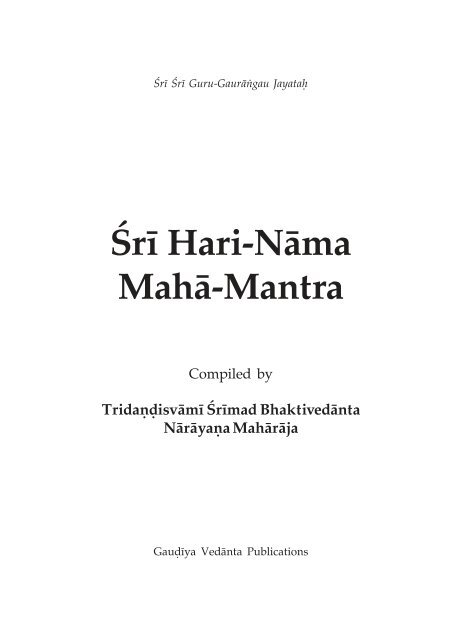

She also conveys the Zen idea that chanting is not only for the benefit of oneself, but for the benefit of all beings. Karen Nelson Villanueva describes mantra recitation as an internal practice that need not have an audible sound, while chant is what we do when we practice aloud with others. In chanting, sacred mantras are repeated rhythmically, in succession, out loud. 1 These three sacred acts come together to support the mantra, also known as a prayer or divine utterance. Finally, sound-by way of speech-is understood to be a doorway to the energetic dimensions (vibrations, or prana). Moreover, sound as communicated through music and poetry is thought to have the ability to cleanse the emotional energies of the body. In Buddhist belief systems, sound is considered to be sacred.

I continued to think about and study the power of sound in Buddhism, a study which ultimately led me to become a dedicated student and practitioner of Buddhist chanting. However, from my summer solstice practice and other experiences with a Hindu call-and-response form of chanting, called kirtan, I knew that sound could be a powerful way to connect with the divine. I found chanting, like meditation, to be awkward and less profound when I did it on my own. I wanted to learn to chant, and to do it every day, but I lacked a communal structure to help me learn and commit to the practice. Conversely, I felt like the English-language chants of Kadampa Buddhism had lost their sacredness when spoken in everyday language. Not being able to keep up with the fast-paced, monotone Japanese chants made me anxious, even as I studied a book of the words to try to learn them. As I studied and practiced different Buddhist traditions, I felt simultaneously drawn to and alienated by Buddhist styles of chanting. Coming out of several days of total silence made me acutely aware of how sacred sound is and how little we value it. By the time I graduated, I had become a serious student of Zen Buddhism, attending silent meditation retreats in the Jemez Mountains at the Bodhi Manda Zen Center and at the Lama Foundation in the mountains north of Taos. I attended that celebration the summer between my sophomore and junior year of college in Albuquerque: it was one of the experiences that ultimately led me to Buddhism. As we chanted together, our frequencies merging, it was like becoming part of a heartbeat. It was one of the most powerful experiences of the divine I’ve ever had: I could feel the god-spirit in myself, my partner, and everyone around me. As the Sanskrit words reverberated within and around us, I felt a complete sense of interconnectedness and oneness. At one point, we each turned to the person next to us and chanted for hours while staring into each other’s eyes.

Rows of white-clad people stretched as far as the eye could see, chanting mantras in unison. The chanting began at sunset and lasted until dawn. The celebration took place beneath an enormous awning in the desert north of Santa Fe. The first time I ever experienced the spiritual power of chanting was about a decade ago, at an all-night kundalini yoga summer solstice celebration in New Mexico.


 0 kommentar(er)
0 kommentar(er)
